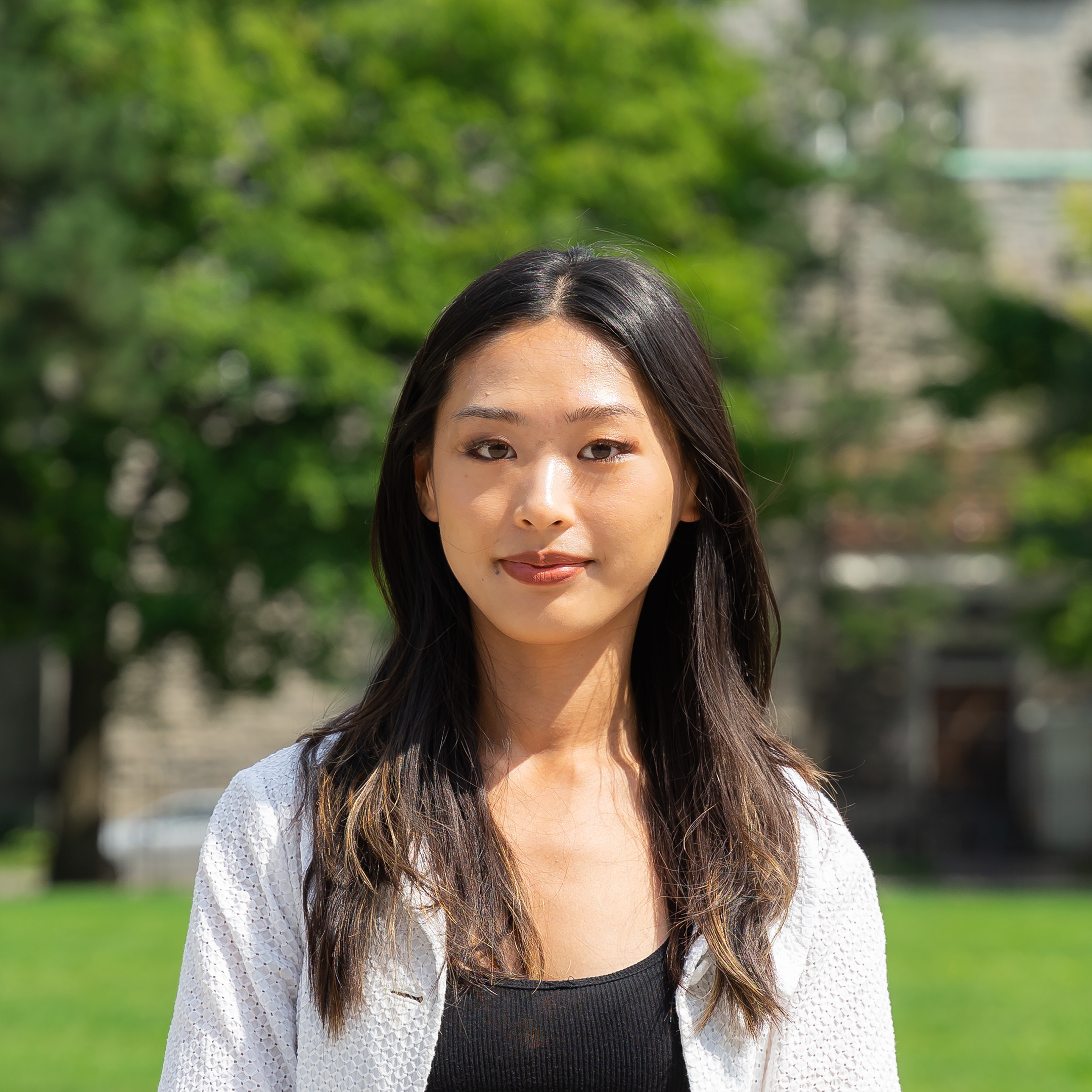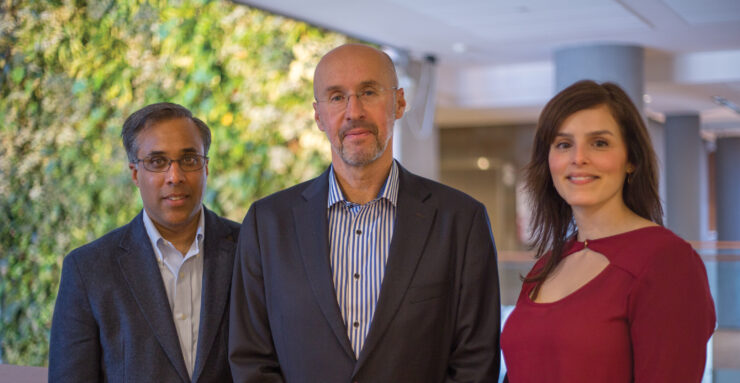Creating a better world for the mental health of the artist
Mihaly Csikszentmihalyi famously pioneered the theory of flow — the idea that people enter optimal psychological states of happiness and productivity when they are engaged in work that challenges them to a healthy extent.
Artists often enter these intense periods of flow, but they can also experience creative burnout, where the spark that once moved their artistic action goes out.
“I make better work when I’m either excited to do it or when I’m kind of content with the idea at hand, and sometimes that doesn’t always work,” said Erin Szturm, a third-year fine arts student at the University of Ottawa, about her personal experience with creative burnout.
She mentioned that academic expectations can also be a source of stress in her program, and emphasized the level of work ethic that comes with creating art.
“It takes a lot of discipline and practice because art isn’t just a talent, you don’t just magically wake up an artist, it takes a lot of thought.”
For Mae Green, another fine arts student at the U of O, finding creativity in an academic context can be challenging for other reasons.
“When the thing that you do as a hobby and that you like becomes a thing that is just work, then you can’t really enjoy it on its own, separated from its work context. So, that can be very draining and hard to think of anything to inspire,” they explained.
For both students and the art community at large, producing creative artwork nonstop can be a challenge for varying reasons.
But, the pressure placed on the art community can be especially harmful with the perpetuation of unhealthy cultural images of the “artistic genius.” For instance, the art world often conjures up the idea of the “mad artist”: a person whose mental distress or illness drives them to produce great work. Artists like Vincent Van Gogh and Edvard Munch have often been interpreted in mainstream culture under this light. But, attributing artistic talent to mental health problems can be harmful as it can romanticize unhealthy work habits and expectations.
Bakul Sharma, the Director of Strategy and Operations at Artists for Mental Health, a non-profit based in Vancouver aiming to end the stigma around mental health in the arts community, spoke with us about some of her research on the connections between mental illness and artistic temperament. But, as she developed her findings, it was clear to her that there was a pressing need to change how we understand this relationship.
“I believ[e] in that idea, that vision, that one day the terms ‘tortured artist’ and ‘mad genius’ will disappear, it will be an archaic idea of artists of being mentally distraught,” explains Sharma, advocating for a transformation in the way we define and support artists with mental health challenges.
By connecting Csikszentmihalyi’s theory of flow, creative episodes, and hypomania, Sharma looked for possible connections between mental distress and creativity.
Creativity comes in different levels of intensity, but Sharma explained how it tends to come and go, following a sinusoidal function similar to the highs and lows that occur in mood disorders. For instance, bipolar disorder is characterized by episodes of mania and depression; the first consisting of episodes of hyperactivity, restlessness, and rapid thinking, and the second defined by a lack of motivation, self-destruction, and sadness. But although creative flow may look similar to a mood disorder, it occurs at a different intensity and attributing mental illness as a cause for creativity is likely an oversimplification.
Many studies fail to show a direct link between creativity and mental illness and there is no singular way that researchers have interpreted the relationship between the two variables. Currently, there is no clear cut answer as to how or whether mental distress even contributes to creativity.
Nonetheless, Sharma uses her research to suggest solutions specific to artists struggling with creative burnout. Some of these include building community and engaging in interdisciplinary work. In the presence of an artistic community, individuals can find support and a reignition of passion by talking and sharing with others in their creative endeavours. They can also find joy in working with new mediums as novelty can often bring about inspiration.
And Sharma’s solutions ring true because for young artists like Erin who at times suffer from creative burnout, having community is central to her well-being.
“Not only do I have friends in my program and we can bounce ideas off within critiques in an open way that help me move forward and I feel happy to move forward or get a sense of getting better at art,” Erin said as she explained how her peers have positively contributed to her well-being.
Great ideas unexpectedly come about during periods of creative flow. To create a future where artists can sustain creative endeavours and remain healthy, there needs to be a nuanced understanding of how great artists work and stronger art communities everywhere.
Erin Szturm is a Canadian painter, drawer, multi-media maker, and interdisciplinary artist whose work can be accessed here and viewed through her Instagram @ermaybe. Mae Green mostly does drawing, painting, and digital work. Their art can be viewed through their Instagram @artisticdragon_12.






